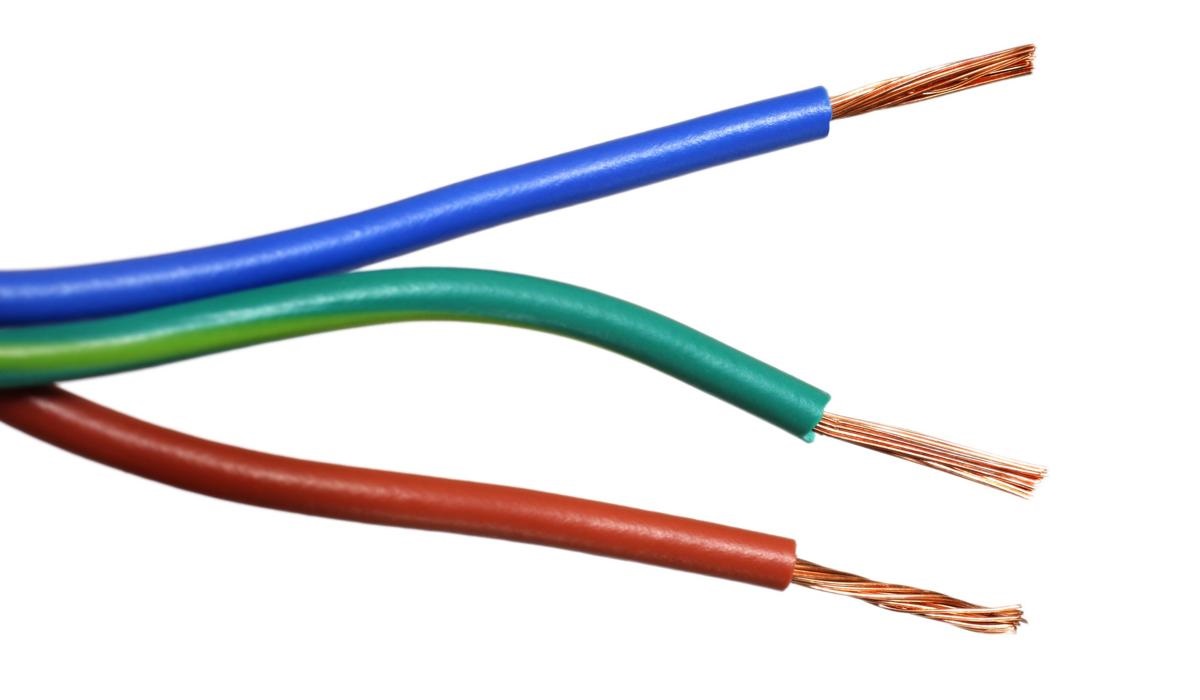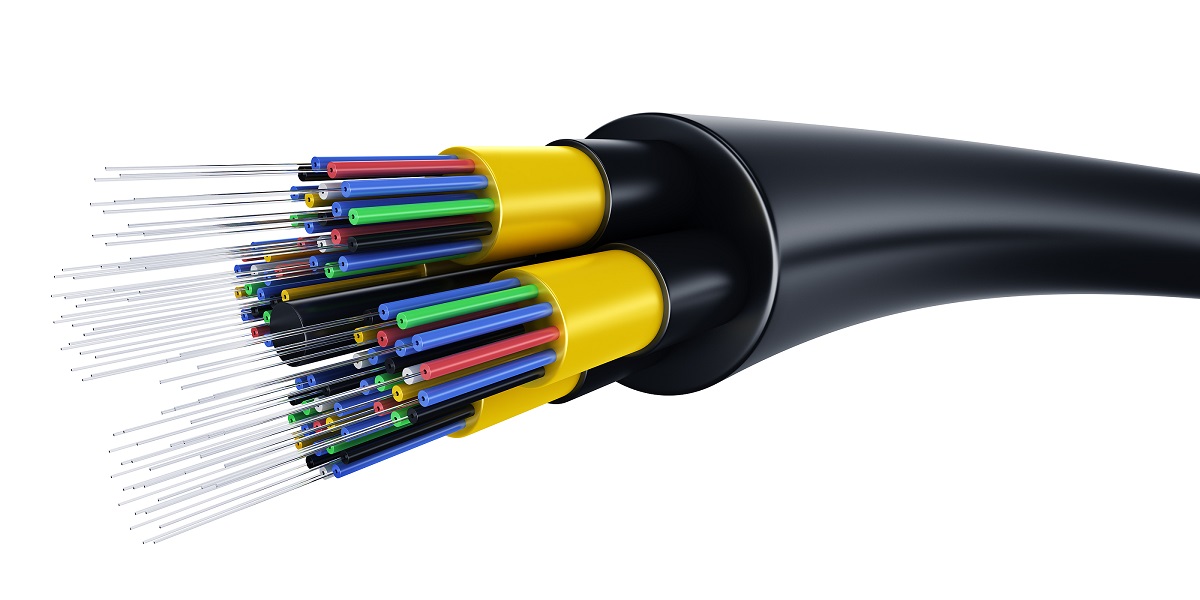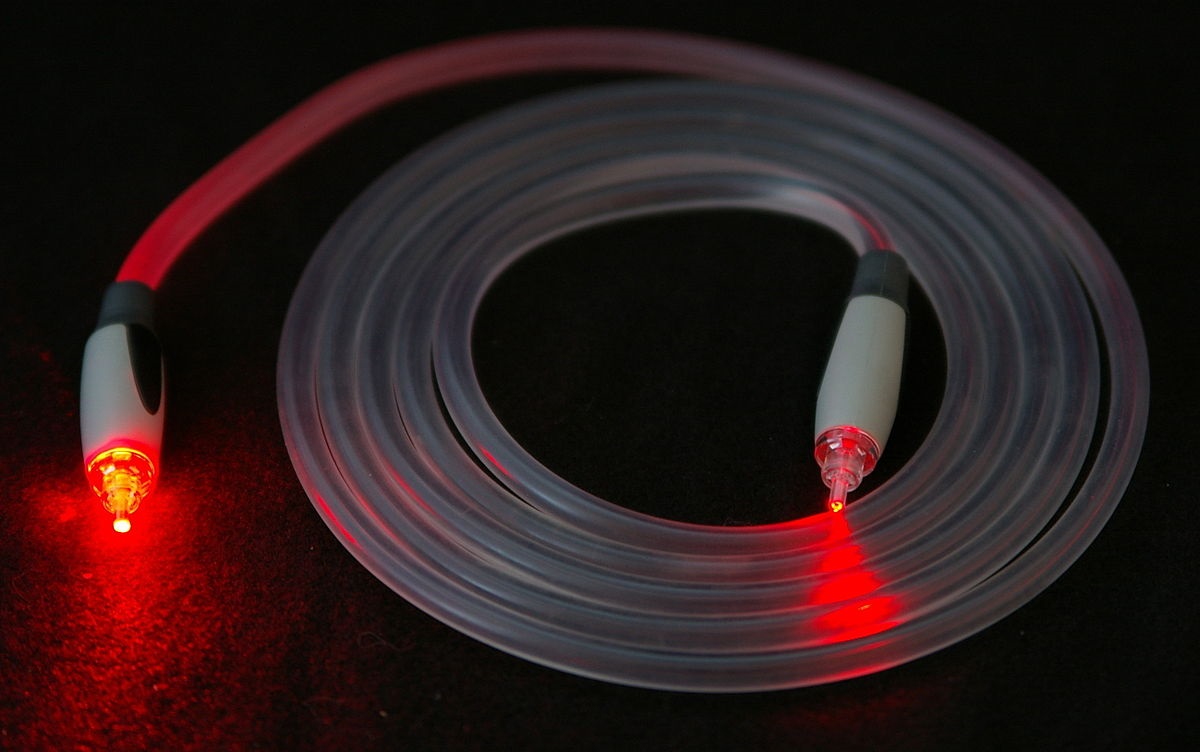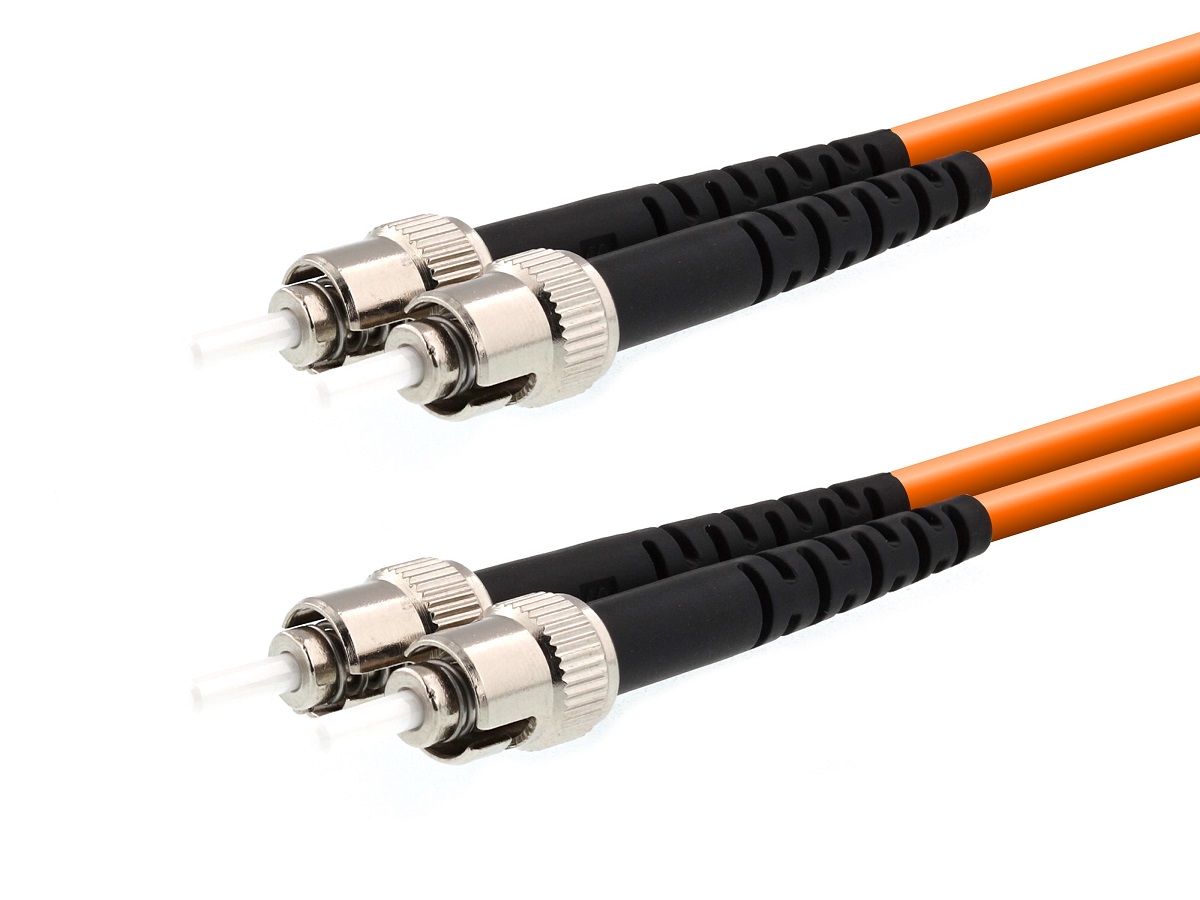Related Article: What is Fibre To The Home (FTTH)?
Copper Cables
Copper is highly conductive. This is what makes it so great for carrying the power to your home. Copper wires use the movement of electrons to carry signals by modulating a waveform at one end then demodulating it at the other end. And converting the patterns in the waveform into an analog or digital signal.
A device that modulates and demodulates is called a modem. The problem with copper is that even higher bandwidth coaxial cables can carry only a small number of waveforms. Hence limiting its maximum data capacity. Also, these waveforms degrade very quickly as the distance between devices increases.
In fact, copper only has two main advantages. One is that copper is much less expensive per unit distance than fiber. Secondly, copper cable infrastructure is already deployed widely, thanks to the telephone and television.
Related Article: Researchers squeeze the world’s internet traffic into a single fiber strand
Fiber Optic Cables
Optical fiber cable invented by Corning Inc. in the 1970s changed the game completely by allowing the use of light bursts to carry a signal. Instead of waves traveling through metal. Nowadays, fiber optic cables are made of a highly transparent flexible glass core that is wrapped in a series of layers. The Layers protect both the integrity of the signal as well as the structure of the glass. Because this is light traveling through a nearly transparent medium, it moves at approximately 200,000 km/s. Actually not that different from an electrical signal does through copper. Read More: Safaricom includes home insurance, mobile data, and calls to new fiber packages
Advantages Of Fiber Optic
Ease of interpreting “light on versus light off” signals at either end maintains signal integrity; notwithstanding higher switching speeds and longer distances. We are talking thousands of kilometers, like across oceans. This gives fiber optic cables an enormous advantage in speed and distance.Optical signals are immune to electromagnetic interference. Thus individual fibers can be bundled together during installation. Depending on the requirements, fiber can be used with LEDs or laser.An individual fiber might transmit multiple wavelengths or colors of light at the same time. These are then split out at the other end to further increase capacity.
Related Article: Telkom Kenya’s Fiber network and ICT unit will not be part of the merger with Airtel Kenya
Do Fiber Optic Cables Lack A Shortcoming?
Everything sounds perfect, right? Why not use fiber optic cables for everything? Well, life is rarely that simple. We are heading in that direction. But currently, fiber is so much more expensive per length than copper. The good news is that copper carries some additional hidden costs that increase fibers’ appeal further. Also, copper cables are thicker and heavier. Hence they are more difficult to install and may require more clearance than is available in existing underground pathways. In cases where multiple connections can leverage a single backbone, the cost per capacity argument comes into play. Even if two fibers cost a thousand times what copper would, but carries over a thousand times the data, the cost per customer is less. The Internet Service Provider (ISP) costs reduce. Again the distance then comes into play also. ISPs make savings on repeaters needed to maintain signal integrity on copper lines. Related Article: 50% Discount for new Safaricom Home Fiber customers Very common is hybrid deployments that make use of both fiber optic and copper cables. This works with a fiber backbone that serves many customers and copper that runs to individuals for the last mile. They deliver solid speeds and reliability while saving a lot of money for the ISPs that are managing the infrastructure. No matter how long it takes, it seems like the inevitable ending is that fiber optic cable will replace copper, don’t you think? Share your opinion with us in the comment section.







